If you’ve been eyeing a compact mirrorless camera that still holds its own years after release, the Sony a6400 deserves a fresh look.Launched in 2019, it arrived with class-leading autofocus, reliable image quality, and a travel-friendly body that quickly made it a favorite among creators. Fast forward to today, and it’s easy to wonder: with newer APS-C bodies and ever-cheaper full-frame options, is the Sony a6400 still worth buying in 2025?
The short answer is yes.
If you value dependable autofocus, a deep lens ecosystem, and a body that’s equally at home shooting family trips, street sessions, and YouTube content.
I’ve used this camera in cramped venues, dusty trails, and rainy sidewalks, and the headline hasn’t changed: The Sony a6400 is a workhorse that doesn’t get in your way. It won’t win spec-sheet battles against the latest releases, but it continues to deliver clean files and tack-sharp focus where it counts—the moment you press the shutter.
In this updated review, I’ll walk through the design, sensor performance, autofocus, video chops, and the real-world tradeoffs you should know. I’ll also position the Sony a6400 against current competitors, suggest lenses that make it shine, and share who should still buy one in 2025. If you’re on the fence, this guide will help you decide whether the Sony a6400 belongs in your kit—or if you’re better off stretching for something newer.
Design & Build Quality of the Sony a6400

The Sony a6400 uses a compact magnesium-alloy chassis that feels more solid than its size suggests. It balances comfortably with small primes and compact zooms, and it doesn’t overwhelm a lightweight travel kit. The grip is modest but secure; even with a mid-sized lens, I find it comfortable for a full day of shooting. For creators who carry a camera everywhere, the form factor alone is a compelling reason to keep the Sony a6400 in consideration.
Controls are straightforward as well. Two primary dials for exposure adjustments, a mode dial, and a customizable function menu that gets you to key settings quickly. Sony’s button labeling is practical, and the My Menu system helps you keep often-used items close. If you’re coming from another Sony body, the transition is basically seamless; if you’re new to the brand, there’s a short learning curve that pays off once you map custom buttons to your shooting style.

The flip-up LCD is a simple solution for solo shooting and vlogging, and while it isn’t a full vari-angle screen, it’s still extremely usable. Could it be brighter in harsh sun? Sure. But for framing yourself, checking focus, and navigating menus, it gets the job done. Add a small cold-shoe relocation bracket or a low-profile mic mount and you can avoid blocking the screen—handy quality-of-life tweaks that make the Sony a6400 more creator-friendly.
Durability-wise, my experience has been positive. The body has handled dust from dirt roads and light rain without drama. While the body is weather-sealed, still treat it with basic care and it will keep clicking. For many shooters—travelers, hikers, parents at the park—the mix of portability and resilience is exactly what you want in a grab-and-go camera.
Image Quality & Sensor Performance

Photo by Joe Milne on Unsplash (license)
At the heart of the Sony a6400 is a 24.2MP APS-C sensor that produces crisp files with excellent detail. The RAWs give you room to recover highlights and shadows, and the JPEG engine has matured—skin tones are more pleasing than the Sony stereotype of old. If you edit, you’ll appreciate the elasticity of the files; if you prefer to shoot JPEG, they’re perfectly usable right out of camera with the right Creative Style or Picture Profile.
Low-light performance remains competitive for an APS-C body. I’m comfortable pushing ISO into the 3200–6400 range for events and street work, especially if I expose to protect highlights and then lift shadows carefully in post. Noise is present at higher ISOs, but the grain is manageable and responds well to modern noise reduction tools. Paired with a fast prime, the Sony a6400 can handle dim interiors and evening scenes better than you might expect.

Photo by Karen Kasparov on Unsplash (license)
Color is the quiet upgrade many users notice after living with this camera. Though newer models offer refinements, the a6400 delivers consistent, neutral rendering that takes grading well. Greens and blues look natural in landscapes; skin retains nuance without veering waxy. If you’re a portrait shooter, consider pairing the camera with lenses known for gentle rendering—think Sigma’s 56mm f/1.4 or Sony’s 35mm f/1.8—to get a pleasing, polished look without heavy retouching.
Dynamic range is strong enough to support high-contrast scenes. Backlit portraits can be salvaged with thoughtful exposure and a quick lift in post. For outdoor shooters who deal with bright skies and deep shadows, the sensor’s balance of highlight headroom and shadow detail is a practical advantage. In short, the Sony a6400 still produces images that hold up beautifully on large screens, in prints, and across social platforms.
Autofocus & Shooting Performance on the Sony a6400
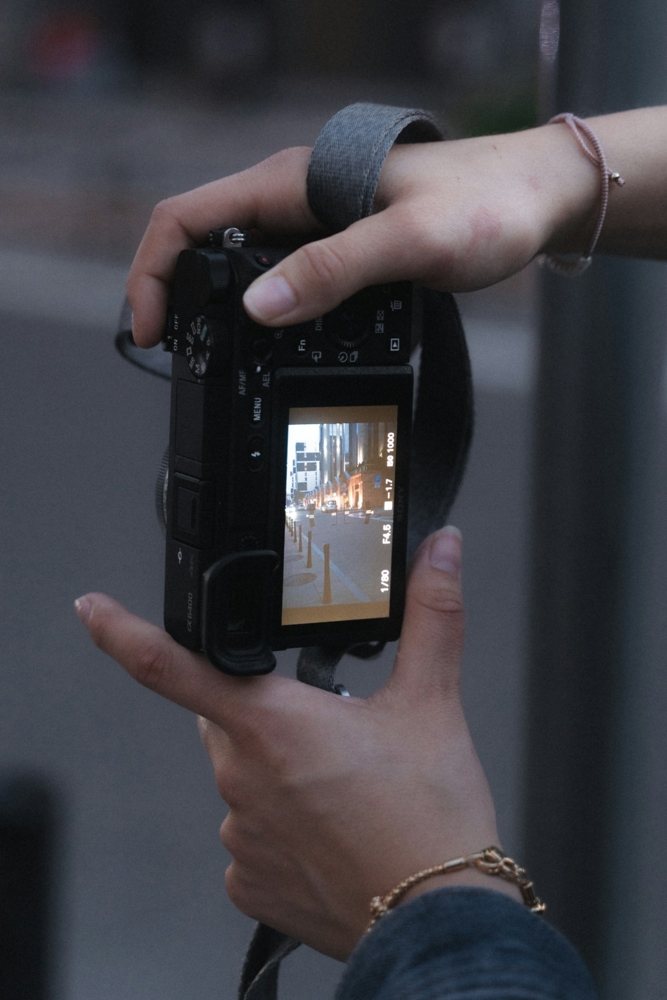
Photo by Jakub Klucký on Unsplash (license)
Autofocus is the calling card of the Sony a6400. Real-time Eye AF for humans (and face detection in general) remains sticky and trustworthy, making candid portraits and event coverage significantly easier. I’ve tracked kids sprinting through chaotic scenes and musicians under erratic stage lights. Frames come back sharp more often than not, and the hit rate inspires confidence when moments are fleeting.
Continuous tracking also excels with moving subjects beyond people. For street photography and casual sports, the combination of phase-detect points and fast subject acquisition makes the camera feel responsive and modern. You can configure AF-C with various tracking sensitivities and zones, and once you learn how the system behaves, it becomes second nature to steer focus where you want it.
Burst shooting at up to 11 fps is still useful, though the buffer isn’t bottomless. For short action sequences—skate tricks, quick wildlife behavior, or decisive street moments—it’s more than adequate. If your work involves long bursts of RAW files, you’ll notice pauses as the buffer clears. A fast UHS-I card helps, but if you need deeper buffers and the very best tracking, you’ll want to look at pricier bodies. For most creators, the Sony a6400 strikes a sensible balance.
What stands out in practice is the camera’s predictability. The AF system doesn’t require elaborate setup to perform well, and it rarely hunts in good light. In challenging conditions—backlit scenes, mixed indoor lighting—it holds focus better than many peers from its generation. That reliability is why so many photographers still pack the Sony a6400 as a primary or dependable backup body.
Video Capabilities of the Sony a6400
For video, the Sony a6400 offers 4K up to 30p and 1080p up to 120p, with detailed, oversampled footage at 24p that looks clean and sharp. Rolling shutter is present if you whip-pan, but with thoughtful framing and camera movement it’s a non-issue in most real-world projects. The image holds up nicely for interviews, talking-head content, B-roll, and documentary-style clips. Get details about ideal video settings in the video above by Toms Jurjaks.
The caveat is stabilization. There’s no in-body image stabilization (IBIS), so you’ll lean on optical steady-shot lenses, handheld rigs, or gimbals for the smoothest results. In practice, a compact gimbal or a stabilized lens like the 18–105mm f/4 transforms the experience, especially for walk-and-talk vlogs. If your shooting is mostly tripod-based or static, the lack of IBIS won’t be a dealbreaker.
Color profiles include S-Log and HLG options if you like to grade, but you can also stick with neutral settings for a faster workflow. The flip-up screen, clean HDMI, and microphone input make it easy to build a simple creator kit without breaking the bank. I’ve recorded interviews with a small on-camera shotgun mic and gotten clean audio, though adding a compact preamp or wireless system is a worthwhile upgrade.
Bottom line: the Sony a6400 remains a strong video tool for the solo creator. It won’t do 4K/60 or high-frame-rate 4K like newer bodies, yet it delivers reliable autofocus, pleasing detail, and uncomplicated operation. If your content revolves around YouTube, tutorials, travel films, or social reels, it’s more than capable.
Connectivity & Usability on the Sony a6400
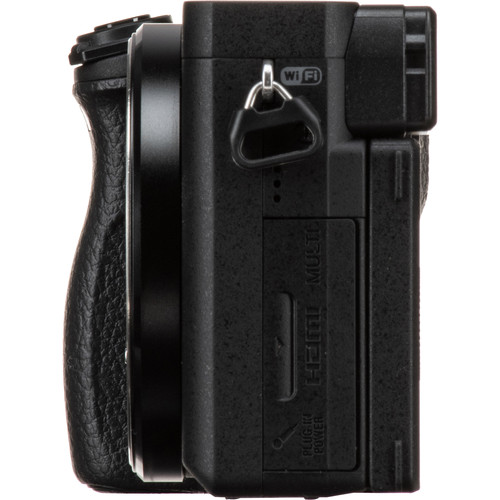
The port selection covers the essentials: microphone input, micro HDMI, and USB for charging and data. While there’s no headphone jack, many creators monitor levels visually and rely on trusted mics to keep setups small. USB charging is a genuine convenience—top off the battery in a car or with a power bank and you’re ready to keep shooting. For travel, that single cable approach is a lifesaver.
Wireless connectivity via Wi-Fi and Bluetooth keeps your workflow nimble. The companion app has improved over time, and transferring images to a phone for quick edits and posts is straightforward once you’ve paired devices. Remote control features are handy for self-portraits, product videos, or when you need to minimize camera shake on a tripod.
The NP-FW50 battery is the one area where expectations should be managed. It’s smaller than newer Sony packs, so plan on carrying spares for long days. In my experience, two to three batteries will comfortably cover a full day of casual shooting, while a dedicated video day may require more. Thankfully, third-party batteries and chargers are affordable, and USB power options soften the blow.
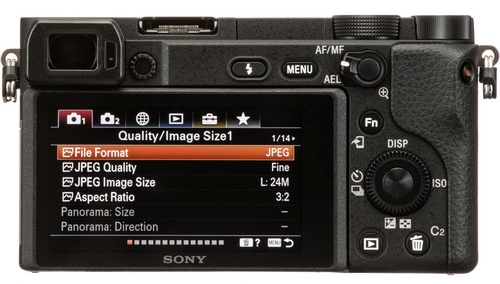
Menu navigation is classic Sony—deep but logical once customized. Touch functionality is limited primarily to focus control, not full menu navigation, but it’s responsive where it counts: tapping to set focus while shooting stills or video is quick and precise. After a brief setup session customizing buttons and the function menu, the Sony a6400 becomes a very efficient tool.
Lenses & Ecosystem for the Sony a6400
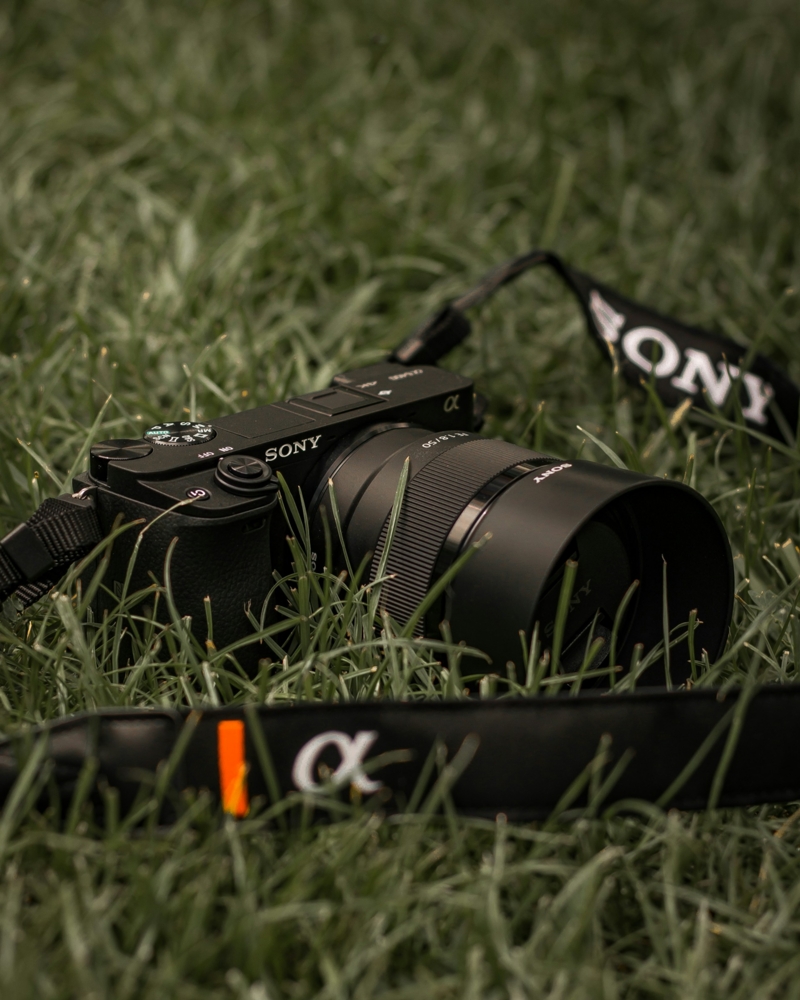
Photo by Idin Ebrahimi on Unsplash (license)
One of the biggest reasons the Sony a6400 has stayed relevant is the E-mount lens ecosystem. Between Sony, Sigma, Tamron, Viltrox, and others, you’ll find everything from tiny f/1.4 primes to lightweight telephoto zooms. The breadth of choice lets you tailor the camera to nearly any niche without spending flagship money.
For everyday shooting, consider a trio like a 16–50mm or 18–55mm kit zoom, a fast 35mm or 50mm prime, and a compact telephoto. Street and travel shooters often love the Sigma 18–50mm f/2.8 for its balance of brightness and size. Portrait fans gravitate to the Sigma 56mm f/1.4 or Sony 50mm f/1.8 for creamy separation and flattering rendering, while wildlife and sports shooters can lean on Sony’s 70–350mm for reach without the weight penalty.
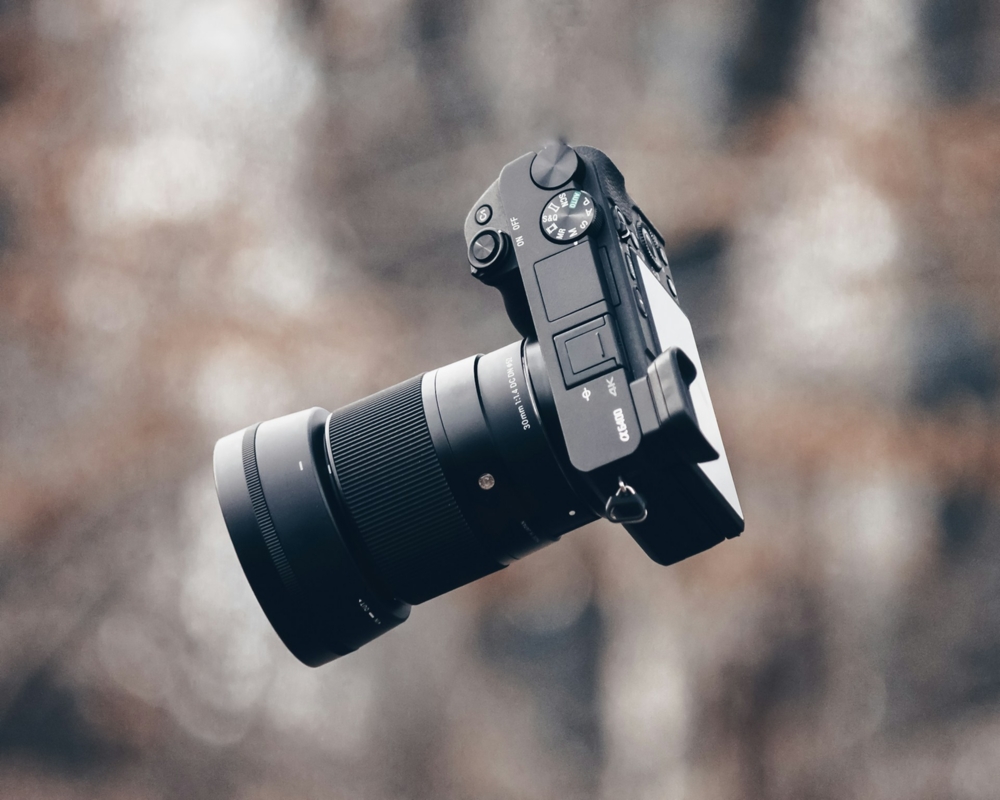
Photo by mojtaba mosayebzadeh on Unsplash (license)
Video creators benefit from parfocal-style power zooms like the 18–105mm f/4 and the newer compact power zoom options, which pair nicely with the Sony a6400’s autofocus. Add a variable ND and you have a compact rig for doc work, event coverage, or run-and-gun content. Because lens stabilization helps offset the lack of IBIS, choosing the right glass has an outsized impact on your shooting experience.
The beauty of E-mount is growth potential. If you start with the Sony a6400 and later upgrade to a higher-end APS-C or full-frame body, your lenses come with you. That continuity protects your investment and makes the system especially attractive to enthusiasts building a kit one piece at a time.
How the Sony a6400 Holds Up in 2025
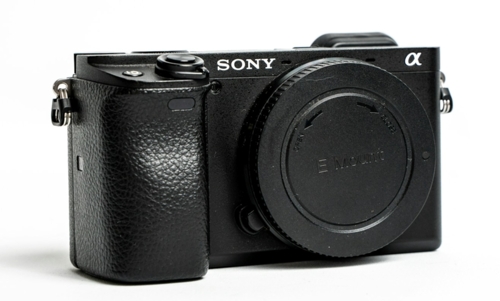
Photo by James Jeremy Beckers on Unsplash (license)
When judged by today’s standards, the Sony a6400 still checks many boxes. Autofocus remains excellent, image quality is competitive, and the body is small enough to carry daily. The camera’s greatest strength is how reliably it translates intention into results—you think the shot, point the camera, and the files come back sharp and clean. That’s the kind of trust that keeps a camera in rotation for years.
Of course, there are tradeoffs. There’s no IBIS, and you don’t get 4K/60 or the latest menu system. If you need those features, you’ll pay more for a newer model. But for creators who prioritize value, the Sony a6400 offers a sweet spot: professional-leaning performance at a used price that leaves room in the budget for lenses, audio, and lighting—the gear that often moves the needle more than body upgrades.
On the used market, the camera is frequently available at appealing prices, which changes the calculus. For under four figures—often well under—you can assemble a complete kit that covers portraits, travel, and video. In my experience advising beginners and upgraders, this route often yields better results than buying a new body and skimping on the glass.

I personally use MPB for my used photography gear needs. There are numerous reasons for this. First, MPB has a huge selection of gear. Really, no matter what you’re looking for, it’s likely they have it. Second, all their gear is thoroughly inspected and graded before going on their site. No matter if I’ve gotten cameras, lenses, or both, this grading system has been spot on every time.
Third, MPB offers excellent support. Have a question? You can talk to a human. Have a problem with an order? You’re covered with a seven-day return policy. Most items have a six-month warranty, too. Lastly, you can sell or trade in old gear to offset the cost of your new-to-you gear, so you can make a little money and keep your gear out of the landfill. Nice!
If you’re a hybrid shooter who values portability and autofocus first, the Sony a6400 still feels fresh in day-to-day use. It’s not the newest toy, but it’s a seasoned tool that rewards good technique and pairs beautifully with the E-mount catalog.
Sony a6400 Alternatives to Consider

If your work demands IBIS, advanced video formats, or deeper buffers, step up to a newer APS-C model like the a6700 shown above. You’ll pay more, but you’ll gain modern ergonomics, better video frame rates, and improved menus. For creators who live on a gimbal or shoot fast action regularly, those upgrades can be worth every dollar.
The ZV-series also deserves a look if your priority is video-first creation with a simplified interface. You’ll get features aimed squarely at solo shooters—background defocus buttons, product showcase modes, and audio-focused tweaks. That said, the Sony a6400 keeps a more traditional stills-forward layout that many photographers prefer.
Outside the Sony ecosystem, Fujifilm and Canon offer compelling APS-C options with different handling and color science. The Fuji X-S line leans into tactile dials and pleasing film simulations; Canon’s APS-C RF bodies integrate tightly with its mirrorless lineup. Each has strengths, but neither invalidates the practical, lens-rich proposition of the Sony a6400.
Ultimately, your choice hinges on priorities. If you value top-tier AF, a huge lens library, and a fair price, the Sony a6400 remains an easy recommendation. If you crave cutting-edge video specs or in-body stabilization, earmark more budget for a newer body and keep an eye on lenses that fill your creative gaps.
An Oldie, But a Goodie
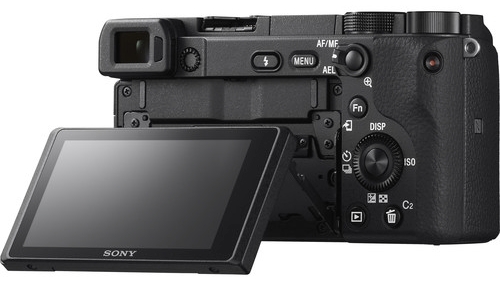
The Sony a6400 has aged gracefully because it nailed the fundamentals: dependable autofocus, flexible image quality, and a compact build that goes anywhere. It may not headline spec charts in 2025, but it delivers where it matters, especially for creators who value predictability and portability over bragging rights. In practical use, the camera is fast, friendly, and rarely misses.
If you’re assembling a lean kit, this camera makes a persuasive case. Spend smartly on lenses and audio, lean on the Sony a6400 for focusing and clean 4K, and you’ll produce content that looks polished without dragging a heavy bag. For many photographers and filmmakers, that balance is exactly the point.
Should you buy the Sony a6400 today? If your needs align with its strengths—autofocus, image quality, compactness, and ecosystem—the answer is a confident yes. It’s a proven platform that rewards good shooting habits and continues to deliver results that hold up in print, on big screens, and across every social feed you care about.
FAQ

Is the Sony a6400 still worth buying in 2025?
Yes. If you value fast, reliable autofocus, clean 24MP images, and an enormous lens selection, the Sony a6400 remains a smart buy—especially at today’s used prices.
Does the Sony a6400 have in-body image stabilization?
No. You’ll rely on stabilized lenses, careful handheld technique, or a gimbal. For IBIS, consider stepping up to a newer model like the a6700.
Is the Sony a6400 good for vlogging and YouTube?
Absolutely. It offers sharp 4K, dependable AF, a flip-up screen, and a mic input. Add a compact stabilized lens or gimbal for smoother motion.
How is low-light performance on the Sony a6400?
Very solid for APS-C. Expect usable results up to ISO 3200–6400 with thoughtful exposure and light noise reduction, especially when paired with fast primes.
What lenses pair best with the Sony a6400?
For a simple kit, try a compact standard zoom (18–50mm f/2.8), a fast portrait prime (50–56mm f/1.4–1.8), and a telephoto like the 70–350mm for reach.
Does the Sony a6400 overheat when shooting video?
In typical room-temperature use with normal clip lengths, it’s reliable. For long takes in heat, manage settings, avoid direct sun, and consider external power or shade.
Is the Sony a6400 a good second body for full-frame shooters?
Yes. It shares the E-mount, so many lenses carry over, and it provides excellent AF in a smaller package—useful for travel, backup, or extra reach with APS-C crop.
Friendly disclaimer: Our articles may contain affiliate links that support us without costing you more, and sometimes we spice things up with sponsored content—but only for products we truly stand behind!

